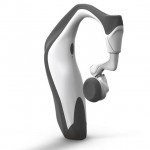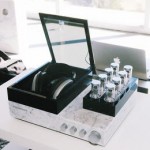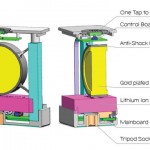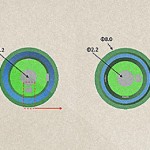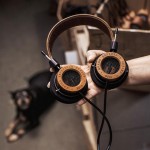The Making Of $53K Headphones
How Sennheiser became an engineering curiosity into the most slicing-edge—and expensive—headset and sound amplifier device.
November 30, 2015
In a roughly aural digital reality, the sweeping strings and pounding timpani of Beethoven’s Symphony No. 9 seem to drift in an instant into the brain.
This enveloping musical expertise is dropped at you by the subsequent era Orpheus headset and sound amplifier gadget from Sennheiser. The German audio pioneer rolled out this result of a decade’s R&D previous this month on a listening tour via Germany, Paris, London, big apple, and l. a..
And it can be yours for a mere $53,000.
A push of a button, and eight quartz glass-encased, chrome-plated signal processing vacuum tubes upward push from the Italian marble housing and begin to glow. a tumbler cover raises up, revealing headphones with leather-based-finished ear cups. interior gold and platinum-vaporized elements create distortion-free sound from zero to 126 decibels at frequencies starting from 8 to to one hundred,000 hertz, way past human listening to (at 20,000 Hz), as a result of people experience sound vibrationally as smartly.
Presentation and audio acuity apart, the machine has purposes past the 1%, from the more obtrusive tune recording and sound design to the less apparent car trade, which makes use of audio frequencies to high quality-tune accuracy of digital elements during the design process.
The system is made to order for roughly €50,000, which at press time translated to $fifty three,220.
Why so pricey? First, the supplies—gold-coated ceramic electrodes, silver-covered copper wires, platinum-vaporized diaphragms, Carerra marble (the same stone used for Michelangelo’s David)—chosen for conductive and acoustic residences. Then there’s the system’s massive redesign, such as isolating vacuum tubes from airborne noise, and integrating energy amps into the headphones to enhance energy efficiency and scale back sound loss.
however the greatest problem concerned the technological overhaul of transducer electrode design and manufacturing—and it was once a ride initiated and pushed by means of engineering creativity over company economics.
An engineering exercise

“Ten years in the past, it was 5 engineers sitting in a canteen drinking coffee asking, ‘How could we do it higher than the outdated existing solutions?’” says Axel Grell, Sennheiser’s portfolio supervisor audiophile. “Then we made a venture out of that and introduced a proof of thought to the Sennheiser domestic. They mentioned, ‘This might make no sense economically, but it surely’s a good product. Do it.’
“What we tried to make was simply one of the best headphone on the earth,” says Grell. “You should now not be capable of really feel such as you’re paying attention to a headphone or a loudspeaker; it’s the music you should hear, with out a noise or distortion. So we needed a very broad frequency range.”
the issue is that cup, which includes high-end audio electrodes, begins to swing in those outlying frequencies. “It’s the same idea because the resonance created by using running a finger across the rim of a wine glass,” he provides. “So we wanted a stiffer material.”
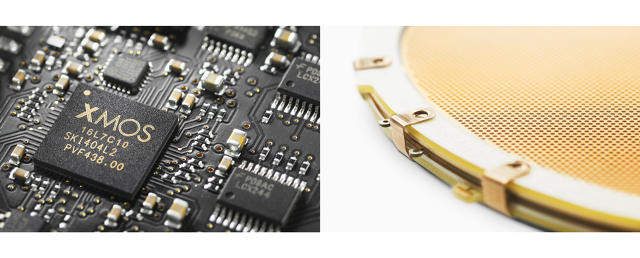
Enter zirconium oxide. The ceramic subject material had been round, however primarily used to repair enamel. A course of to sculpt electrodes from this material didn’t exist, and its assets—stiffness and power—also created probably the most vexing manufacturing challenges.
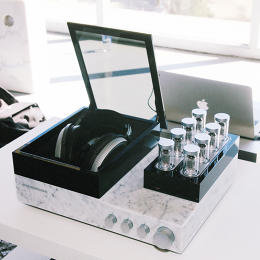
Grell’s staff wanted to puncture an array of 4,650 0.7-mm holes in the electrodes. The electrostatic force created by using the electrode and diaphragm (a thin membrane a fraction the width of a human hair), moves the diaphragm and blows the air through the holes creating a sound box with not up to 0.01% harmonic distortion. A specifically designed diamond-tipped drill broke after a few attempts. so they needed to reconfigure an injection molding and grinding process to create, then resize, and smooth the holes to a floor and not using a detectable microscopic grooves. the associated fee for the size computing device by myself used to be $270,000.
the outcome is a transportive auditory experience. So despite the fact that which you can’t afford them yourself, tell your millionaire pals, and invite yourself over for a listen.
(41)




